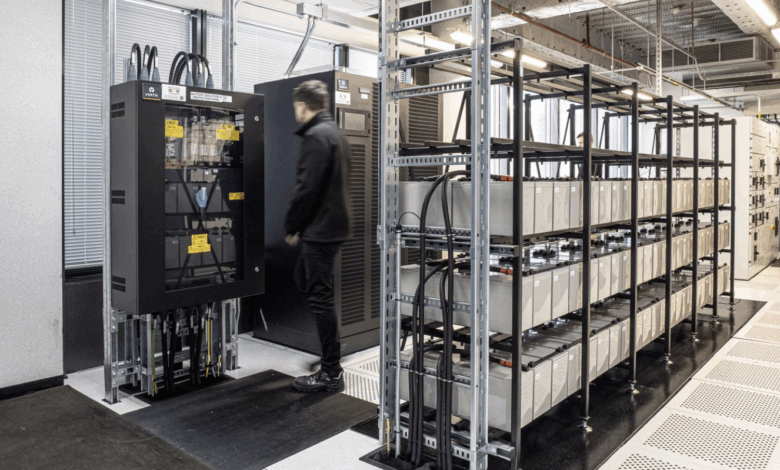
How are organisations successfully blending human expertise with AI tools like copilots, assistants, and decision engines? Contributions can explore cultural change, productivity shifts, or ethical boundaries in hybrid teams.
As AI becomes more embedded in the workplace, organisations across industries are learning how to effectively combine the strengths of human expertise with the speed and scale of AI systems. In sectors like construction, where precision, safety, and complexity are heightened, this collaboration is essential.
Understanding the benefits and limitations of AI
As with any transformative technology, the key to successful AI integration lies in understanding both its potential benefits to your business and its limitations. In recent years, the pace at which AI has evolved has increased, particularly in industries like data centres and construction. While this advancement presents vast opportunities, it also requires careful consideration of how humans interact with and guide AI to ensure responsible implementation.
AI’s scope is broad ranging from automating simple tasks to aiding in complex decision-making. This variety can make it daunting for organisations to begin exploring AI’s potential. However, the key lies in recognising that human expertise remains central to AI’s effectiveness, particularly in shaping, training, and monitoring systems for specific uses.
Adoption driven by team
In many organisations, the adoption of AI has been driven by younger team members who are more familiar with the tools, capabilities and who quickly adapt to emerging tools. These team members are helping bridge the gap between curiosity and adoption.
AI tools such as copilots and assistants have quickly become part of routine operations, used regularly for planning, summarising meetings, taking notes, and removing some of the lengthier manual processes involved in administration tasks. Adoption often starts informally but becomes ingrained as teams recognise time savings and productivity gains.
The construction industry
In the construction industry, where projects can be large-scale and potentially high-risk, Human-AI collaboration can offer be a huge benefit to the employee’s roles, and it will gradually increase productivity across the sector.
Construction projects involve hundreds of documents, from contracts to safety reports and technical specifications. AI assistants trained on company-specific terminology and processes could be used to triage and categorise these documents quickly, but meaningful insights still depend on human oversight.
Human oversight remains essential
While AI is powerful, it’s key to understand that its effectiveness depends heavily on how it’s deployed and supervised. Being practically wary of over-reliance on AI in areas that require reviewing and respond to more critical information, these search engines need a large amount of human intervention to make it successful.
Systems like ChatGPT can be taught to review documents very quickly and highlight any concerns, but for the system to do this, it needs to know the parameters to work within, and this is where the human expertise is critical. Without human guidance and time invested into teaching the software what to look for, and what to deem worthy of highlighting, the system would be left ‘guessing’ and therefore probably less efficient than human review.
Training AI systems to understand not just data patterns but organisational standards takes time. Seeing systems as learning partners rather than replacements, means that each interaction becomes a learning point, gradually improving its accuracy and relevance. This underscores the need for active human-AI collaboration, not passive automation.
Encouraging innovation while managing risk
The integration of AI has sparked a sense of excitement, with employees across all levels increasingly engaged in understanding what AI can offer. Team members are asking ‘what will it be able to do next?’. This curiosity is essential for fostering a culture of innovation—but must be balanced with a structured approach to risk management.
Ethical considerations such as data privacy, transparency, and accountability must be integrated into every stage of AI adoption. AI tools must be carefully vetted before receiving or distributing anything client-facing, with continued emphasis on the importance of human review in critical decisions.
The future of Human-AI collaboration
Organisations are still early in their AI journey with the direction of its development remaining uncertain, but it has already begun reshaping how we work day-to-day, with a general improvement in productively and innovation across sectors, with its impact on the workplace evolving.
This increased productivity will only continue as systems develop, and people become more accustomed to its use. Rather than replacing jobs, AI is more likely to reshape roles, allowing our human experts the time to spend on tasks that AI is unable to assist with.
By fostering a culture of collaboration, investing in training, and maintaining a constant oversight, businesses can unlock AI’s potential while preserving the judgment, experience, and accountability that only humans can provide. This is not just a shift in tools, but a development in how we think and work.





